When you think of high-end watches, your thoughts probably first flash to Switzerland. But did you know that the Swiss were not at all the cradle of what we today call 'haute horlogerie'? It was the French! So welcome to the renaissance of French watches!
Text: Alon Ben Joseph
High-quality timekeeping instruments, complications and chronometers of French origin? Yep. France has historically been hugely important when it comes to clocks, pocket watches and wristwatches. Gone glory, I hear you thinking. But nothing could be further from the truth. Quite the contrary itself. So time for a short history lesson, in which we whiz right through the quartz crisis of the 1970s, and then take a long look at the renaissance of the French watch industry. Because man oh man, what cool watches have been coming out of France in recent years, in every price range!
One of the most important inventors within the French watch industry was Louis-Abraham Breguet
I struggled for a while where exactly to start this short history lesson on the French watch industry. The eureka moment came when I opened my mailbox and discovered a press release from the Breguet brand. Despite the fact that I have been dreaming of adding a Breguet to my private collection for over four decades and have read many books about this illustrious watchmaking house, I keep forgetting that Breguet is not originally Swiss at all.
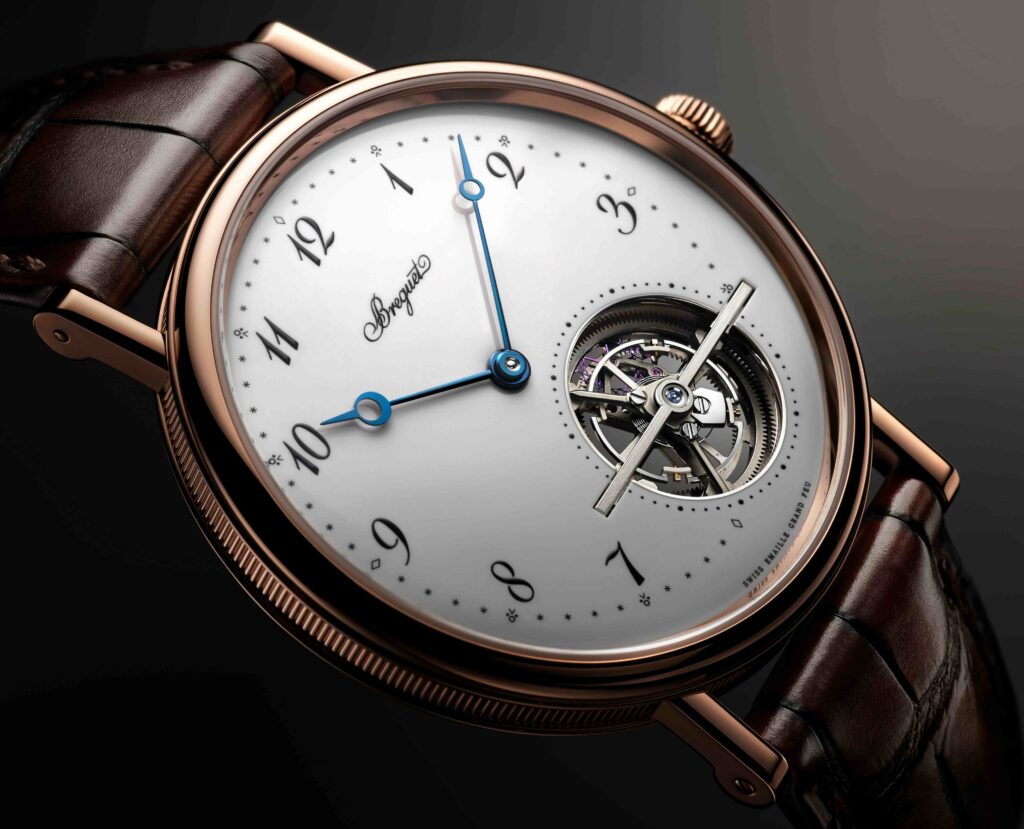 Nay, it is French. And many will agree that this inventor of many mechanical wonders, including of course the tourbillon, was one of the very best watchmakers ever. Nowadays, there is almost no major brand that has not used 'Breguet hands' or 'Breguet numerals' (a font type) at one time or another.
Nay, it is French. And many will agree that this inventor of many mechanical wonders, including of course the tourbillon, was one of the very best watchmakers ever. Nowadays, there is almost no major brand that has not used 'Breguet hands' or 'Breguet numerals' (a font type) at one time or another.
So the French have been very important to the history of timekeeping, going all the way back to the 12th century. However, the industry had its peak moment in 17th-century Paris and came to an abrupt halt with the French Revolution in the 18th century. Most French master clockmakers then fled to the French border village of Besançon or to Switzerland. For almost two centuries thereafter, France was the second largest producer of time instruments after Switzerland. That came to a hard end in the 20th century. Two world wars and the quartz crisis in the 1970s had decimated the French industry. No French watch houses that designed and produced their own mechanical timepieces remained.
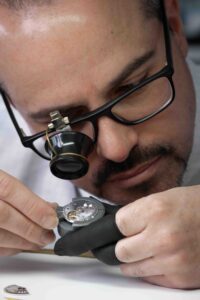 We have now reached the second decade of the 21st century and are seeing a real renaissance of French watchmaking houses. Including two houses that actually design and manufacture their own mechanical timepieces ín France, i.e. are true 'manufactures'. Unfortunately, there are no hard definitions (yet) for what makes a watch brand truly French. So, since the editor-in-chief did not allow me to fill this entire magazine and have to stick to this limited number of pages, I decided to focus on French houses that are exclusively watches make, and not other (luxury) products.
We have now reached the second decade of the 21st century and are seeing a real renaissance of French watchmaking houses. Including two houses that actually design and manufacture their own mechanical timepieces ín France, i.e. are true 'manufactures'. Unfortunately, there are no hard definitions (yet) for what makes a watch brand truly French. So, since the editor-in-chief did not allow me to fill this entire magazine and have to stick to this limited number of pages, I decided to focus on French houses that are exclusively watches make, and not other (luxury) products.
Therefore, for this article, the following are now dropped (in order of name recognition): Cartier, Van Cleef & Arpels, Chanel, Hermès, Dior, Louis Vuitton, Poiray and Boucheron. And, since the listed Swatch Group (the current owner of Breguet) is Swiss, and all Breguet watches are now produced in Switzerland, I will also leave those out of consideration here.
That still left too many French brands, so I limit myself to a top 10 of watch brands that produce as much as possible in France and are currently very much in the interest of watch collectors and enthusiasts. Mind you, that is therefore not a complete overview. Because there are plenty of other brands that I won't discuss now, but are certainly also worth discovering. In alphabetical order: Adhucx, Akrone, Anatole, Airain, Awake, Buci, B.R.M., Charlie, Dodane, Fugue, Lebois & Co, L. Leroy, table clockmaker Maison Alcée, Merci Instruments, Michel Herbelin, Ralf Tech, Semper &, Serica, Semper & Adhuc, SYE, Thomas Karbiche, wall clockmaker Utinam and Yonger & Bresson.
So perhaps a Part II will follow one day.
The top 10 are ranked based on how much a brand actually produces in France.
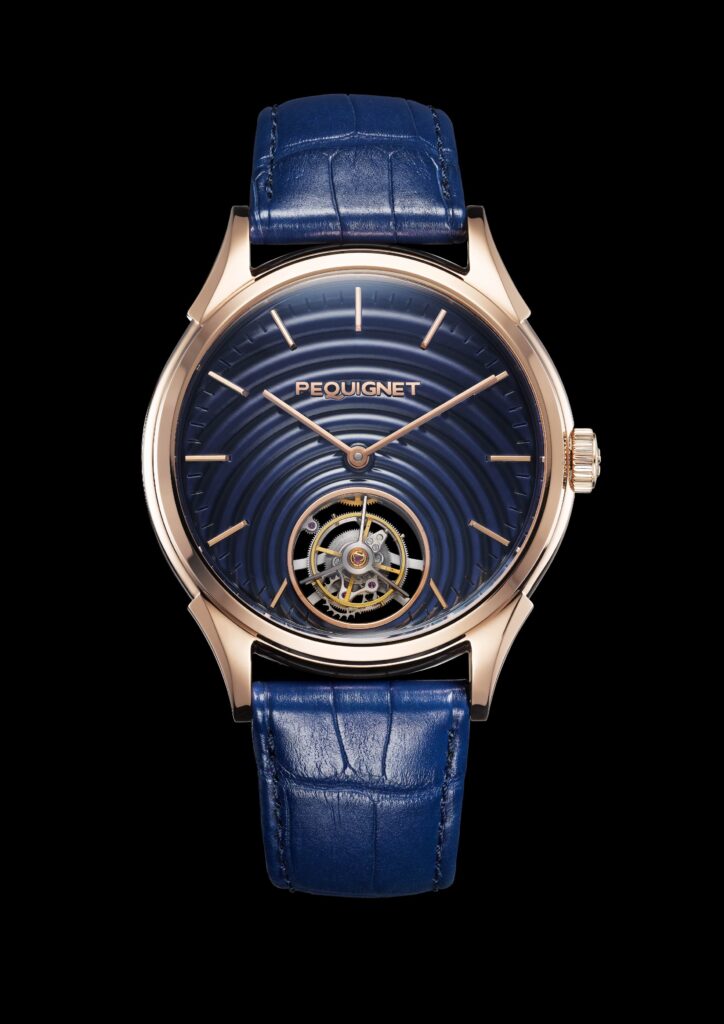 Pequignet
Pequignet
In the midst of the storm of the quartz crisis, 1973 to be precise, French jewellery and watch designer Emile Pequignet founded his own watch brand in Morteau, France's Jura region. It turned out to be the -long- run-up to something very beautiful, because in 2011 they were the first French watch house to launch an entirely new uuwerk calibre, designed and produced entirely in France. With much fanfare and pride, this news was widely shared in the country. The French were back!
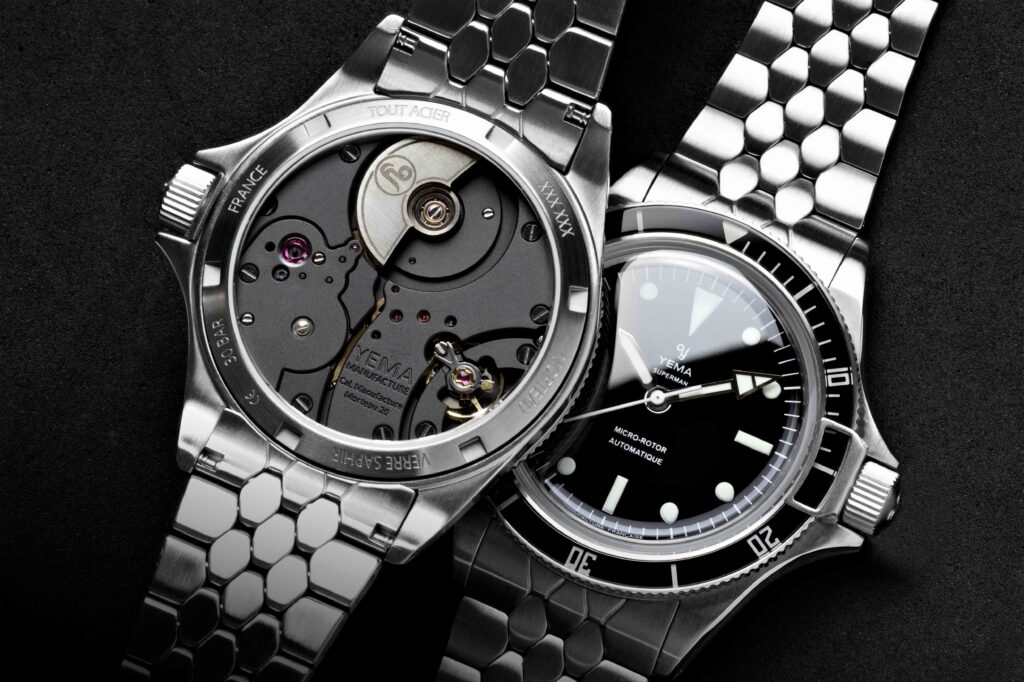 Yema
Yema
Probably the best-known French watch brands of the last century are Lip and Yema. Collectors of vintage watches undoubtedly know the model names Yachtingraf, Superman and Wristmaster. In Morteau, watchmaker Henry-Louis Belmont founded his own brand 25 years before Emile Pequignet: Yema. This brand made a name for itself in the 1950s with diving watches. They were also one of the first to use automatic calibres. In the peak 1960s, they exported around 400,000 watches to 55 different countries.
At the beginning of the quartz crisis, Yema still tried to innovate under the leadership of the now very famous watchmaker Richard Mille, but in vain. It was bitter for the French that precisely Seiko took over the company in 1986, because this Japanese conglomerate was partly responsible for the revolution in the watchmaking industry that today is called the quartz crisis. Even under the leadership of the Japanese, Yema failed to return to the level of its heyday. In 2021, they appointed Louis-Éric Beckensteiner as managing director, who took over the company in 2004, making Yema truly French again.
To the relief of many. Five years later, the French Bôle family takes over with very ambitious plans: they want to make Yema once again the largest watch manufacturer in France.
In 2013, they launched their first modern manufacture MBP1000 calibre, followed by their own calibres YEMA2000 & YEMA3000 in 2021. It didn't stop there, because now they were really picking up steam: two years later, they launched a so-called watch platform called 'Calibre Manufacture Morteau' (CMM) with three calibres: CMM.20 with a mircro-rotor - the first ever French version - followed by CMM.30 with a tourbillon complication and CMM.10, a chronometer-level version with three hands.
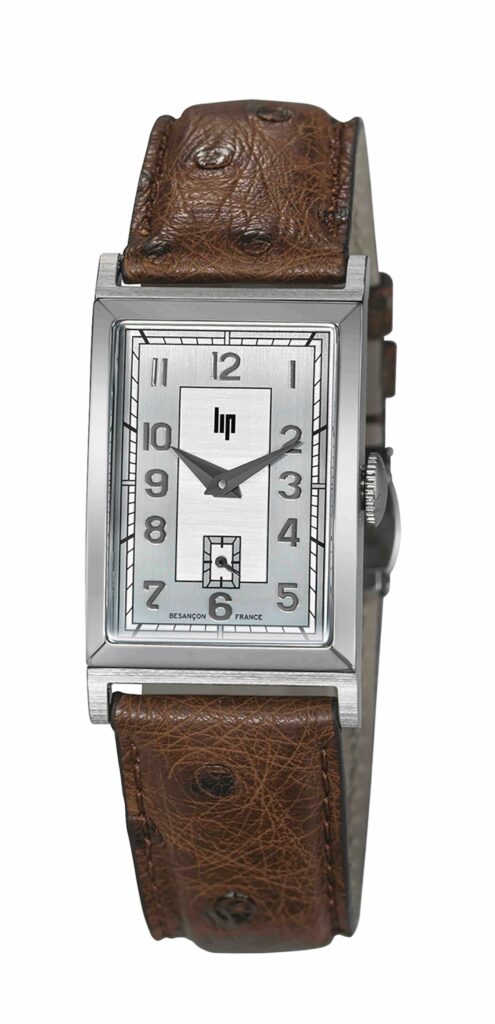 Lip
Lip
Back on the scene 157 years after its founding, Lip launched its own calibre last year: a replica of their legendary elongated T18 calibre from the 1930s.
Many know the Besançon-based brand for their unique and very distinct designs from the 1960s, 1970s and 1980s. Fans of vintage watches from the 1950s will also know that Lip was the developer of the first electronic watch, which they registered on 19 March 1952. Unfortunately, they did not manage to make this project profitable. It turned out to be the harbinger of financial problems that would cost the company, founded in 1867 by Jewish businessman Emmanuel Lipman, its head in 1973. Not to mention in the middle of the quartz crisis, while Lip had invested more than two decades in R&D to get an electronic watch to sell, to no avail.
After several new start-up attempts and as many employee strikes, we can say that the most recent acquisition, by Pierre-Alain Bérard in 2014, is the most successful. As he now manufactures, with over 100 employees, both electronic and mechanical Lip watches in the French watch mecca.
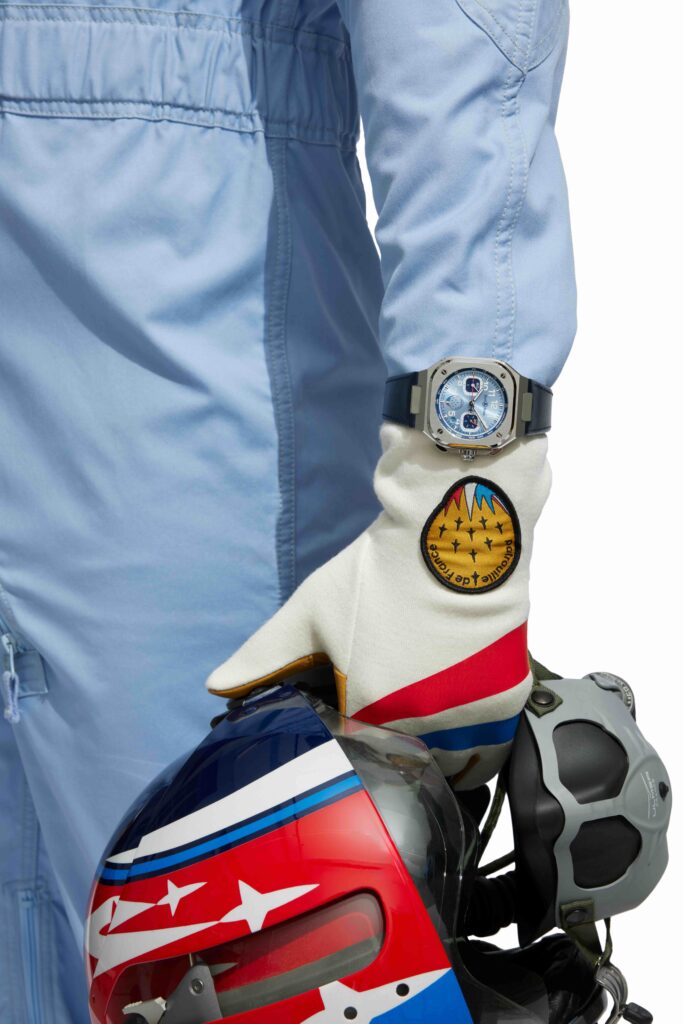 Bell & Ross
Bell & Ross
Funnily enough, the French brand Bell & Ross has never produced a watch in France, but is held in high esteem by the French as the brand to compete with iconic names like Breitling, TAG Heuer and Rolex. In 1992, two childhood friends -designer Bruno Belamich (Bell) and business mastermind Carlos A. Rosillo (Ross)- founded a brand that was to make pilot watches that were both beautiful and easy to read. The striking thing is that they then defected to Germany to seek help from Sinn to produce their watches (just Google both brand names). How interesting would it be if both successful brands released a retro version of those first watches today, as a collab!
In 1998, Bell & Ross became a lot more French, as a fashion house with watchmaking aspirations bought a stake in the brand. Over the years, the partnership with Sinn was phased out, until in 2002 all production was transferred to Chanel's Swiss production facilities in La Chaux-de-Fonds.
The real breakthrough followed when the Parisians launched a square watch with the BR-03, which looks like it was actually ripped from a cockpit. Today, this is their flagship watch.
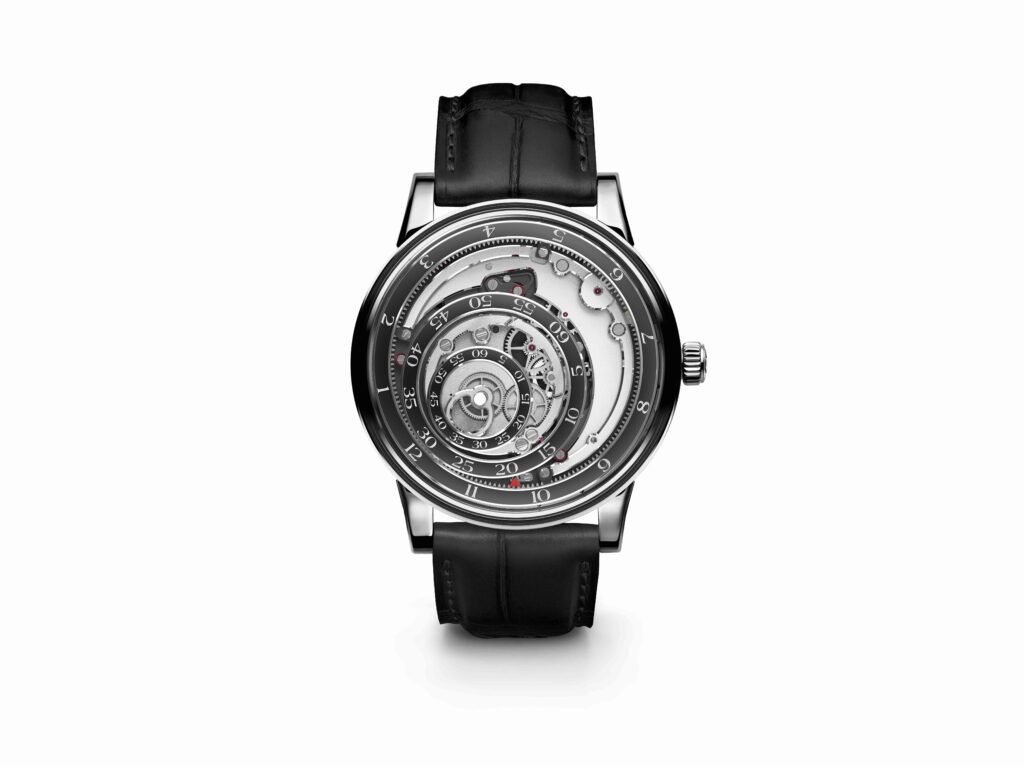 Trilobe
Trilobe
Along with the Alto brand, Trilobe is perhaps one of the most high-profile haute horological brands producing watches in series. Coming from a background in finance, Gautier Massonneau decided to change tack in 2013 and, driven by a philosophical vision, start making time instruments that represent time in a different way than we are used to. After five years of preparation, he began his journey as an entrepreneur, presenting high-quality mechanical watches that have no hands. In collaboration with the Swiss constructors of Le Cercle des Horlogers from La Chaux-de-Fonds, Trilobe also develops its own calibre.
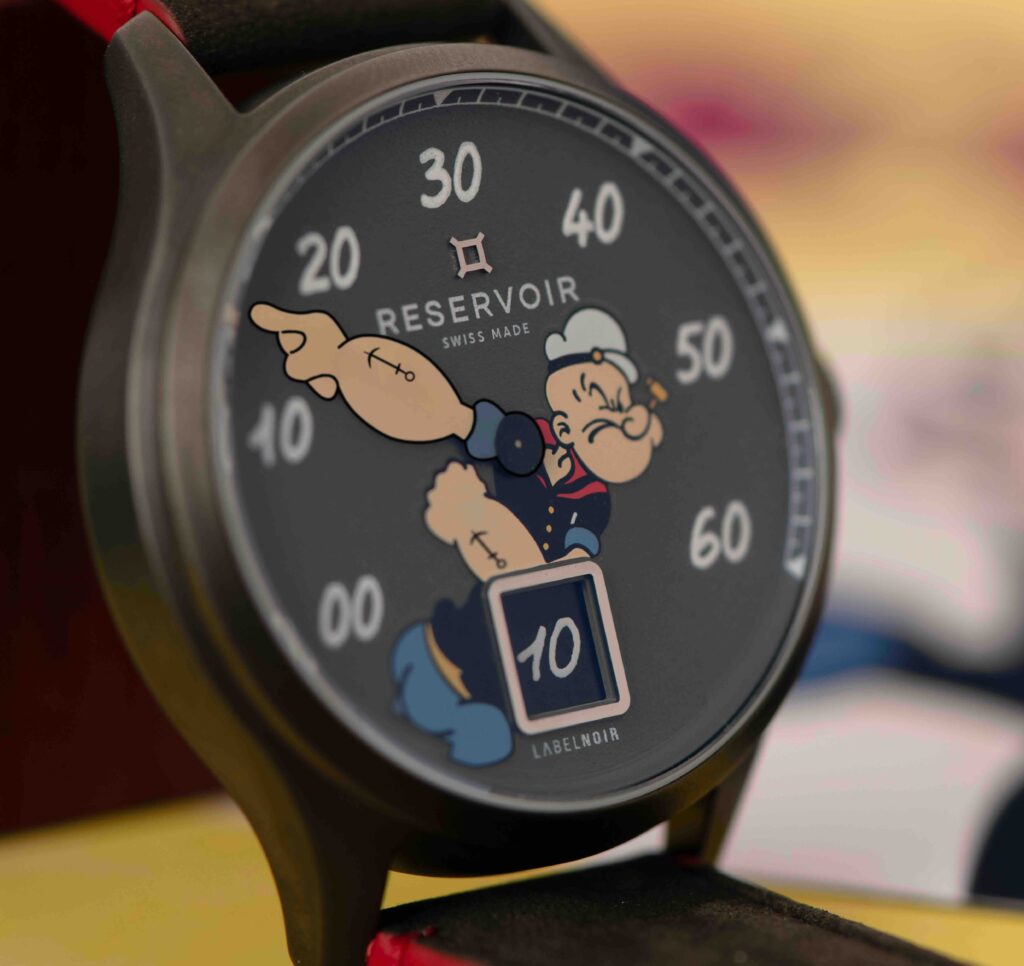 Reservoir
Reservoir
Another financial man who made his hobby his job. Reservoir was founded in 2015 by François Moreau, who immortalised his passion for cars and time instruments in wristwatches that all have a double complication: a retrograde pointer for the minutes and a jumping hour for indicating the hours. But this French brand has had the most success with its cartoon character watches, where the main character's arm acts as a minute hand.
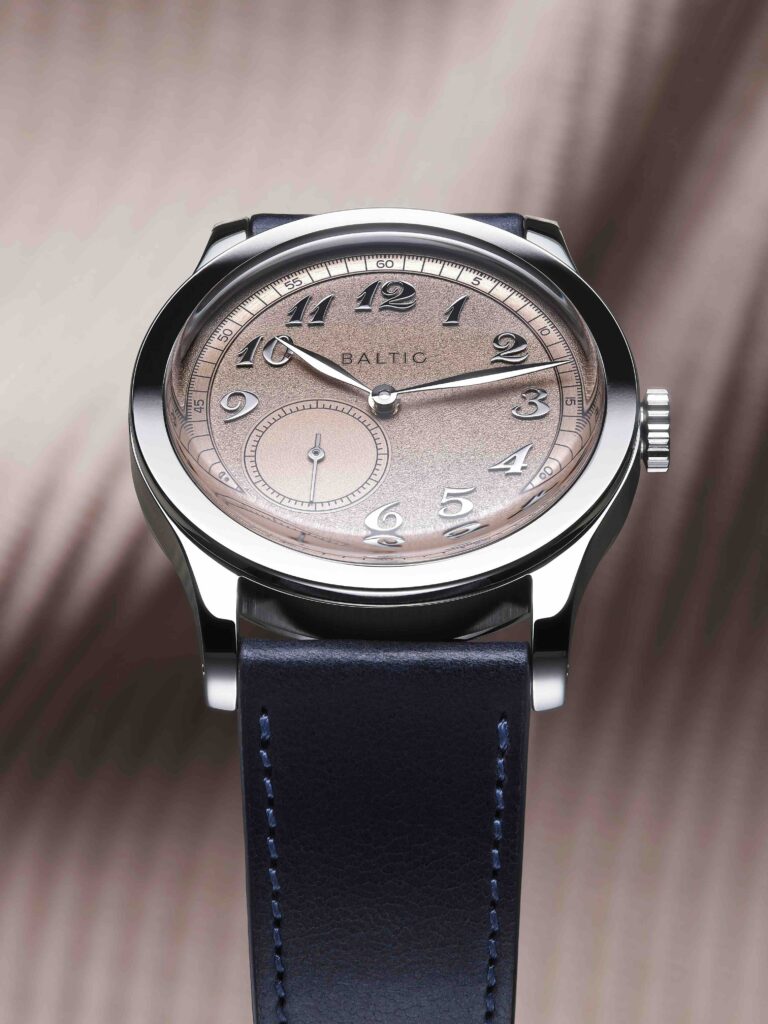 Baltic
Baltic
Another French car enthusiast who switched careers and started making watches in the mid-1910s. Etienne Malec started Baltic in 2016. He has a passion for all things vintage, with a strong focus on the 1950s and 1960s, and decides to make watches that are relatively low in price but offer great value for money. The result are watches that can be seen as tributes to the Patek Philippe Calatravas and Heuer chronographs from that illustrious design period. Not surprisingly, Malec's favourite car is a vintage Porsche from the same period.
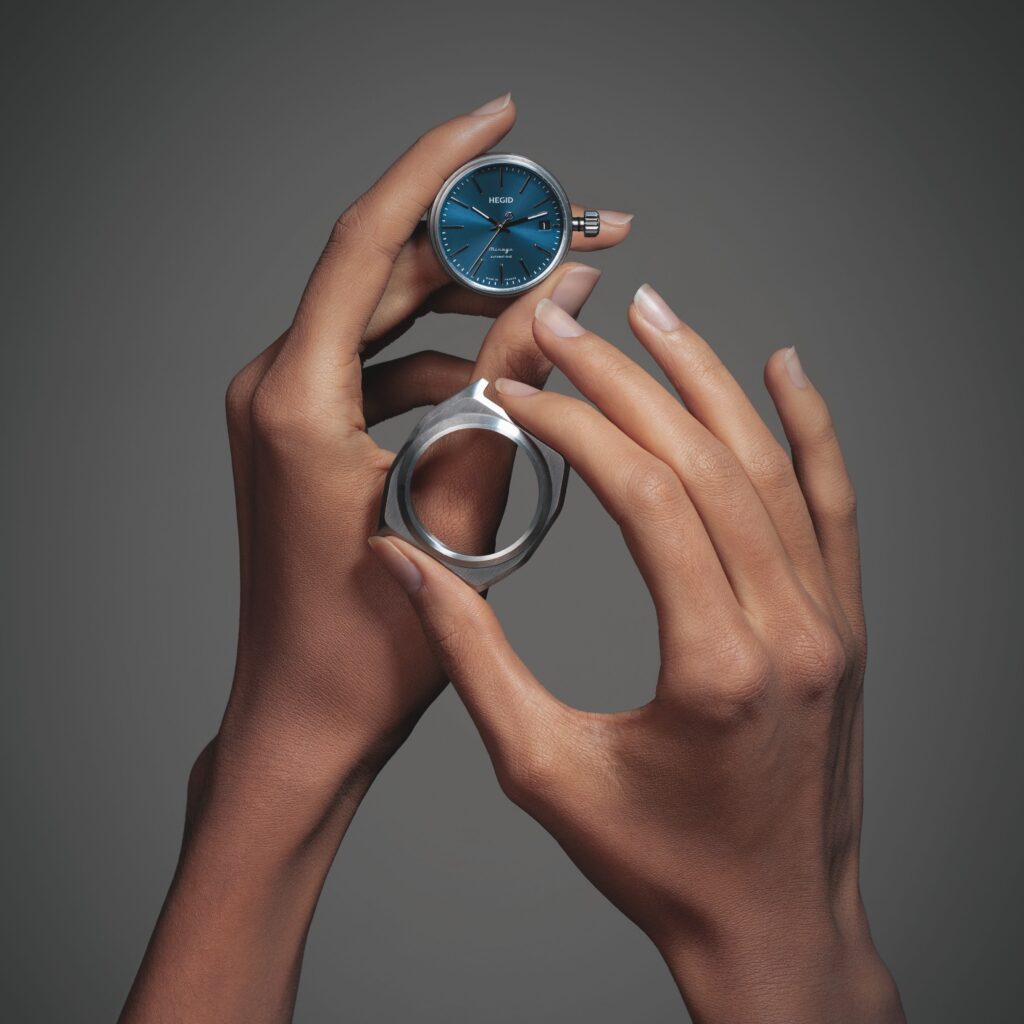 Hegid
Hegid
Who remembers French brand Japy's modular system from the 1990s? Hegid is now marketing similar watches. In 2015, Henrick Gauche decided to start a new brand out of frustration at not being able to put together his own watch. At Hegid, you can now choose from fourteen movement/dial modules, fourteen types of cases that the modules click into and at least twenty-one different watch straps, thus allowing for at least 4,116 different combinations. All this, of course, with real French flair.
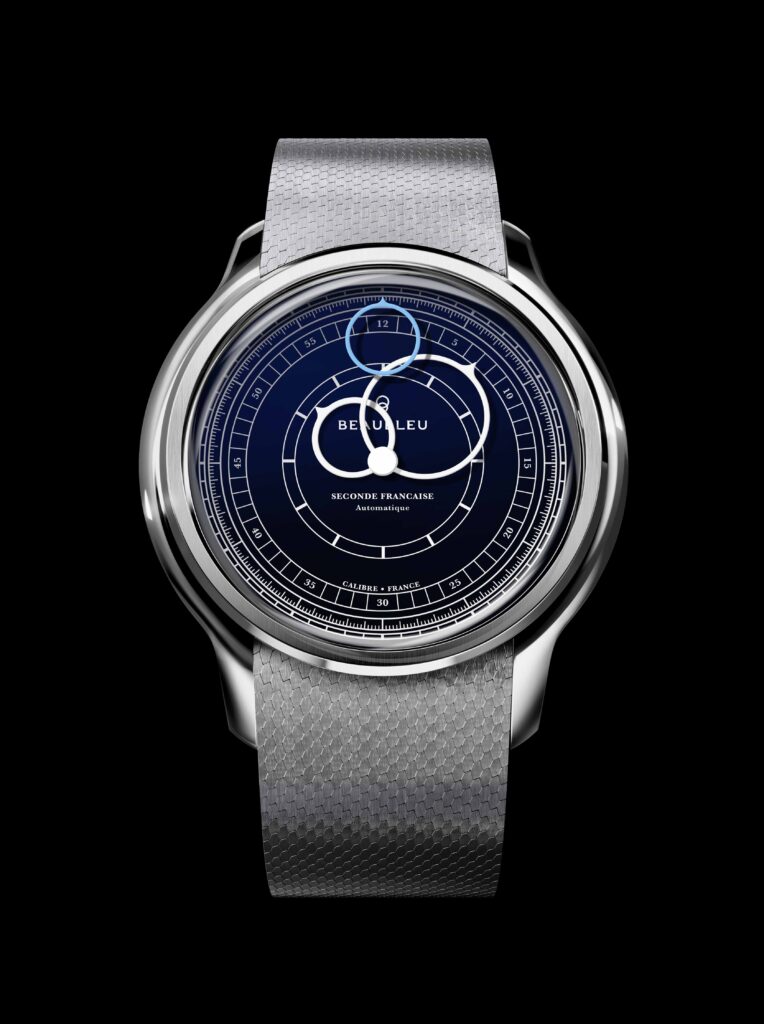 Beaublue
Beaublue
You might think that after reading about nine innovative French watch brands, you've pretty much had it all. But designer Nicolas Pham did not think so, because in 2017, this car designer in Paris decided to start his own watch brand. Characteristic DNA in the design of his watches are hands in the shape of large circles. It reminds me of watches from the 1950s. And we see this in the Copernicus models of the Russian brand Raketa as well. What is very special is the unique case with the hollowed-out side and case legs. A real French design object.
Theo Auffret is a reincarnation of Louis-Abraham Breguet
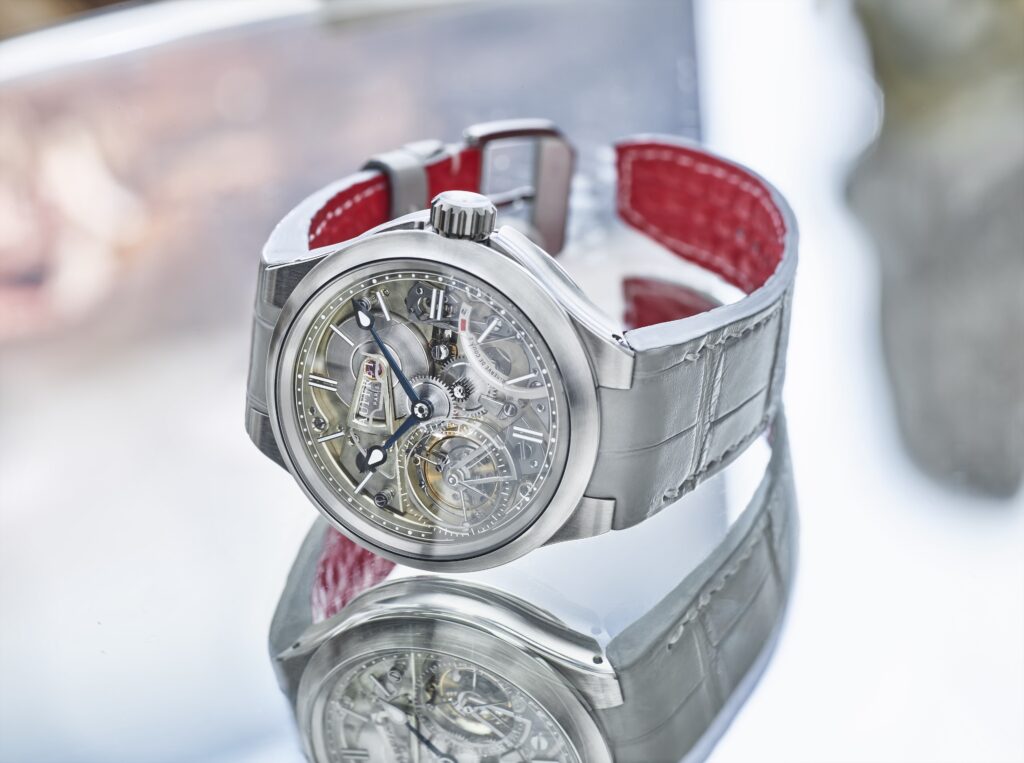 Auffret Paris
Auffret Paris
Save the best for last, the British say. So I cannot possibly ignore the latest 'reincarnation of Louis-Abraham Breguet', in the form of young French master watchmaker Theo Auffret. Since the previous 'Breguet of the 20th century', Frenchman François-Paul Journe, moved his workshop F.P. Journe to Switzerland, this is now a Swiss brand. And so all French eyes are now on the atelier Auffret Paris. In 2018, he won the 'Young Talent Competition', sponsored by FHH & F.P. Journe. And since then, he has been a rising star, already being compared to masters such as Roger Smith, François-Paul Journe and Rexhep Rexhepi, especially since he also makes as much as possible himself in-house. In short, an artist to keep an eye on. Vive la France!
Alon Ben Joseph is -among other things- journalist and co-host of watch podcast The Real Time Show.
